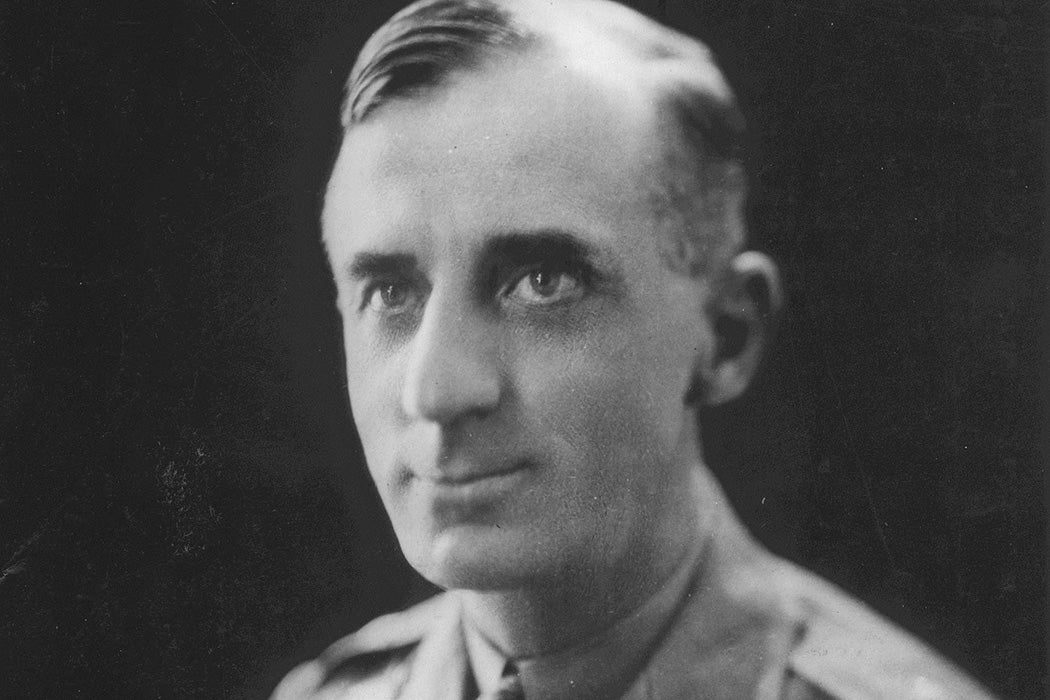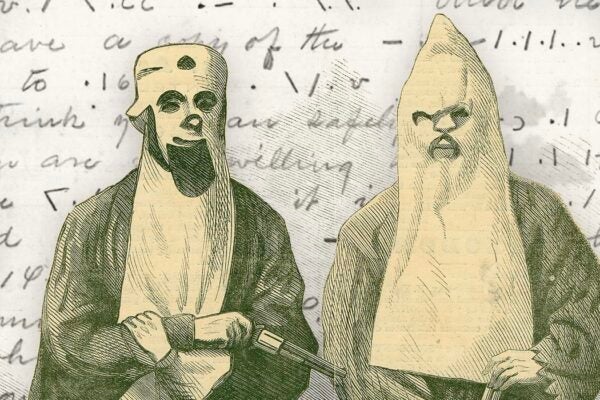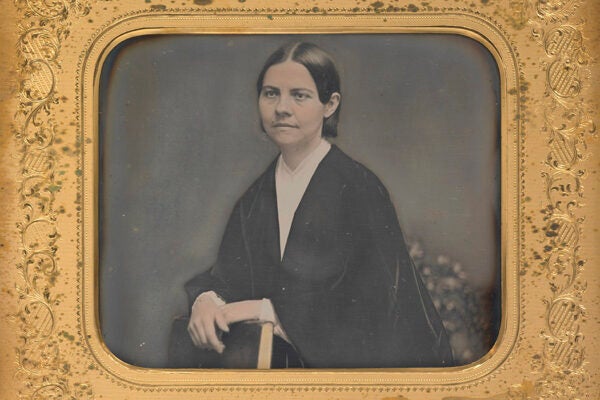The potent and volatile combination of high capital and popular radicalism, plutocracy and populism, characteristic of the American Right is a heritage of the global political and economic turmoil of the 1930s. This was the era when the American Right made “common cause with an enduring global Right forged in the age of fascism.”
So argues historian Joseph Fronczak in his reinterpretation of American conservatism, in which a “transnational intellectual traffic” of “ideas, claims, and practices” during the Great Depression translated European fascism into its American form: a popular, militant base in the precarious lower middle class finding common cause with elites in the defense of property, big money dependent on “white supremacy, Christian fundamentalism, and vigilante justice.”
The birth of this “popular Right” as counterrevolutionary force was made manifest in the business/vigilante combination that attacked, literally, labor organizing efforts across the country during the 1930s.
Fronczak also spotlights broker Gerald MacGuire’s early 1930s trip to Europe at the behest of a committee of Wall Street bankers to study the use of paramilitary groups as the tip of the dictatorial spear. The squadristi, or Blackshirts, who marched on Rome under Mussolini and Germany’s Freikorps and Sturmabteilung, or Brownshirts, of the Nazi Party became MacGuire’s models of the brute force necessary for the “mass political mobilization, anti-democratic and capitalistic” that could roll back the New Deal. (Franklin D. Roosevelt’s modest reforms of a capitalism run amok were nothing less than Bolshevism for some conservatives).
MacQuire is notable because he’s the person Smedley Darlington Butler said approached him in the summer of 1934 to lead a private army of veterans to overthrow FDR. Butler was a highly decorated retired Major General of the US Marines, a veteran of the Spanish-American War, the Philippine-American War, the Boxer Rebellion, the Mexican Revolution, World War I, and the Banana Wars in Central America. Butler would ultimately disparage his own career over three decades of virtually permanent warfare as a “high class muscle man for Big Business” and a “gangster for capitalism.”
Historians have debated the extent, details, and composition of what’s been called the Business Plot and Wall Street Putsch conspiracy. James Van Zandt, commander of the Veterans of Foreign Wars, acknowledged the existence of the conspiracy; years later as a Republican Congressman, Van Zandt would declare Americans should delete the communist-corrupted word democracy from their vocabulary. Neither Van Zandt nor the head of the American Legion, Frank Belgrano, were called to testify in what Fronczak calls the “disquietingly quiet death” of the official Congressional investigation of affair. Belgrano, as it happened, belonged to the committee that sent MacGuire to Europe and worked for banker Amadeo Giannini—whose Bank of Italy became what it is still called today, Bank of America, in 1930—and who was a prominent Mussolini supporter. MacGuire himself was avowedly enthusiastic about fascism.
There was, of course, no American coup d’état in 1934. But what Franczak calls the “design to couple high capital and popular mobilization” was a “genetic event” for the “US modern Right, which has been defined, and bedeviled, by its distinctive bonding of the two elements.”
It’s important to remember that before Pearl Harbor, support for Mussolini and Hitler were strong among America’s business leaders; many, for instance, hoped the fascists would sweep away both Bolshevism and the “class traitor” Roosevelt. But it wasn’t just elites: fascism was a form of mass mobilization inspired by fantasies of national renewal/revival and/or racial purity, and united by hate and violence aimed at common enemies (leftists, Jews, homosexuals, Blacks, liberals, Mexicans, transpeople…). It was a global phenomenon, notes Fronczak.
“With images of blackshirts in Rome circulating the globe in newsprint and film,” he writes, “blackshirts cropped up to beat migrant farmworkers in California, blackshirts fought unemployed demonstrators in London, blackshirts patrolled the streets of Córdoba, Argentina, and blackshirts marched in Kenya, taking up the slogan ‘Make Kenya a White Man’s Country.’”
Weekly Newsletter
There were also fascist greyshirts in Johannesburg and Cape Town, Beirut and Damascus; blueshirts in China, Spain, Portugal, and Egypt; greenshirts in Cuba and France; and goldshirts in Mexico City’s Zócalo, charging on horseback into a pro-labor crowd to murder five. Meanwhile, the open-palmed fascist salute was seen from Chicago to Cairo, Bucharest to Manila, Dublin to Madison Square Garden.
Elites by their nature are a small minority. They need allies to maintain their status and power. They need muscle on the street—sometimes the police are not enough—and, initially at least, they may need allies in the voting booth. The lesson American conservatives learned in the 1930s and took into the Cold War and beyond, suggests Fronczak, was that playing the fascist game could be quite effective.
Editor’s Note: This story was amended to correct a typographical error.







